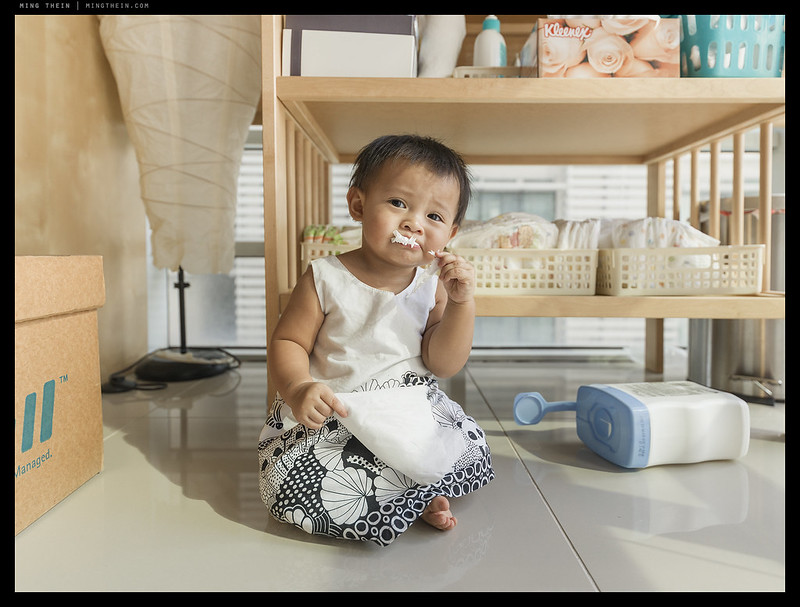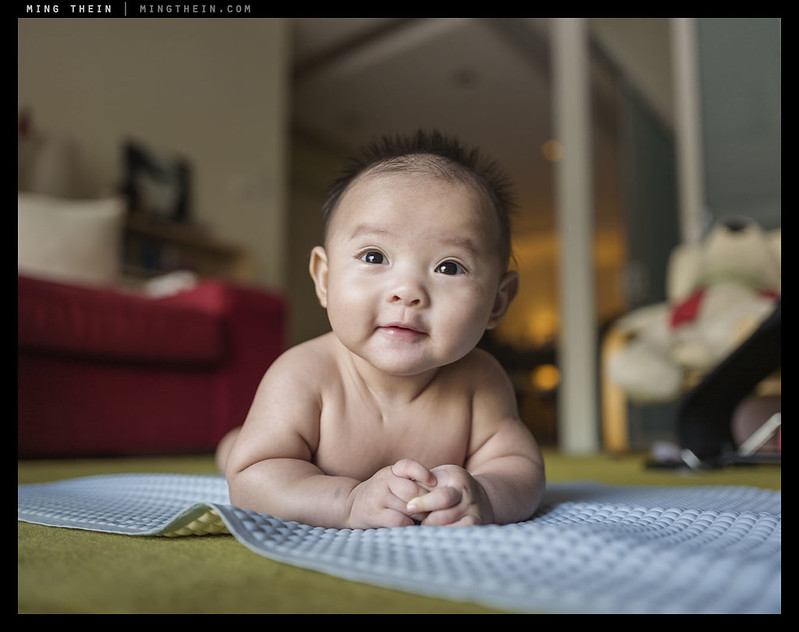
Everything must be evaluated before we have expectations of it
A few months ago, I explained why I believe there is no such thing as an absolute decisive moment; and examined how my own point of reference has shifted over time – both of these posts lead to some discussions in the comments over the whole question of why we seem to shoot better when taken out of our usual environments. I think that answer is fairly simple, and has to do with the same underlying principles of subject isolation: if something looks different, it will stand out, and if we can observe/see it, we can notice, compose for and photograph it. But the first part of that flow – the ‘standing out’ – can only happen if we either train ourselves to continually and consciously evaluate every portion of a scene, or we are thrust into a place where there is no familiar frame of reference so our minds cannot subconsciously pattern recognise and dismiss. The real question for a photographer is: how can we control this to some extent?



































